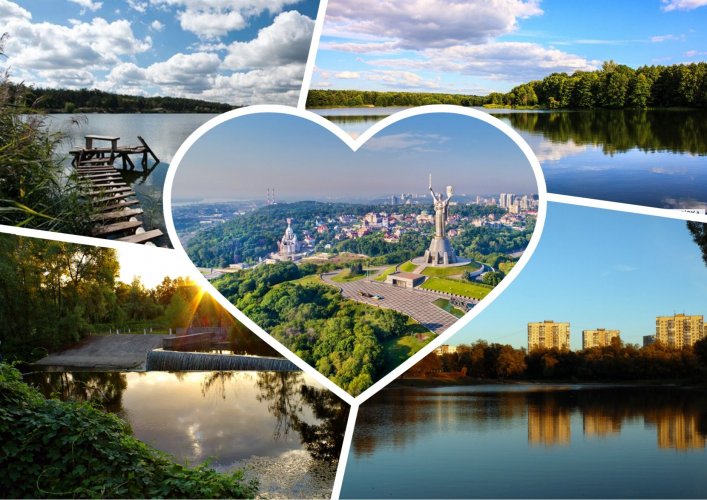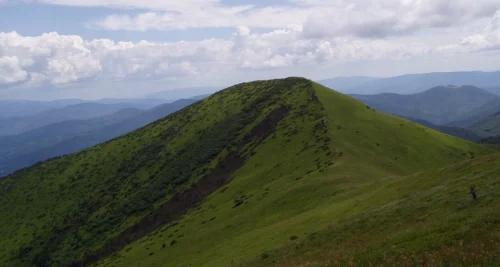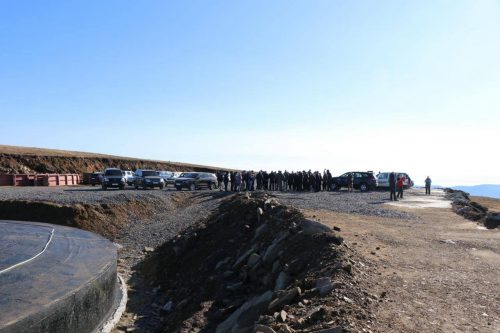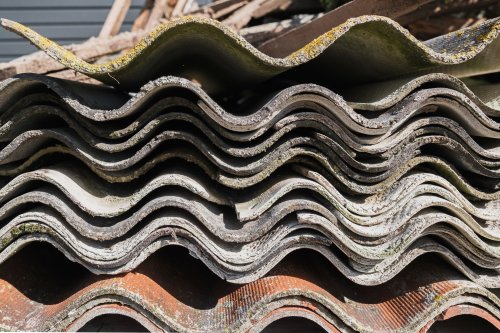Kyiv Ecological and Cultural Center (KECC), based on its own researches, has listed the ten most valuable natural areas in the capital that need to be declared protected in order to preserve them.
Top of such objects KECC published on its Facebook page . According to environmentalists, many of them are little known to the public, and therefore may be subject to development.
“By their natural value, they are much more unique than the natural objects of Kyiv, which became popular thanks to the PR of local activists, for example, Sovskie Ponds, Gorbachykha land, Kuchmin Yar, Pronka gully and others,” the center noted.
By publishing the top, environmentalists want to draw the attention of all Kyivans, in particular, activists and journalists, to important ecosystem objects in order to achieve a protected status and protection for them.
1. Tract Pokal (Pokol), is located in the Goloseevsky district near the village of Korchevatoe, an area of 45 hectares. Represents unique areas of flood deciduous forests. Such a valuable place is rarely seen even in the Kyiv region. Five species of plants listed in the Red Book of Ukraine grow here - Platanthera Bifolia, Dactylorhiza incarnata, Epipactis helleborine, Epipactis palustris, European Common Twayblade. On Lake Mikolaichik, which is part of the Pokal tract, there are several dozen species of waterfowl, including gray and white herons, kingfisher, goldeneye.
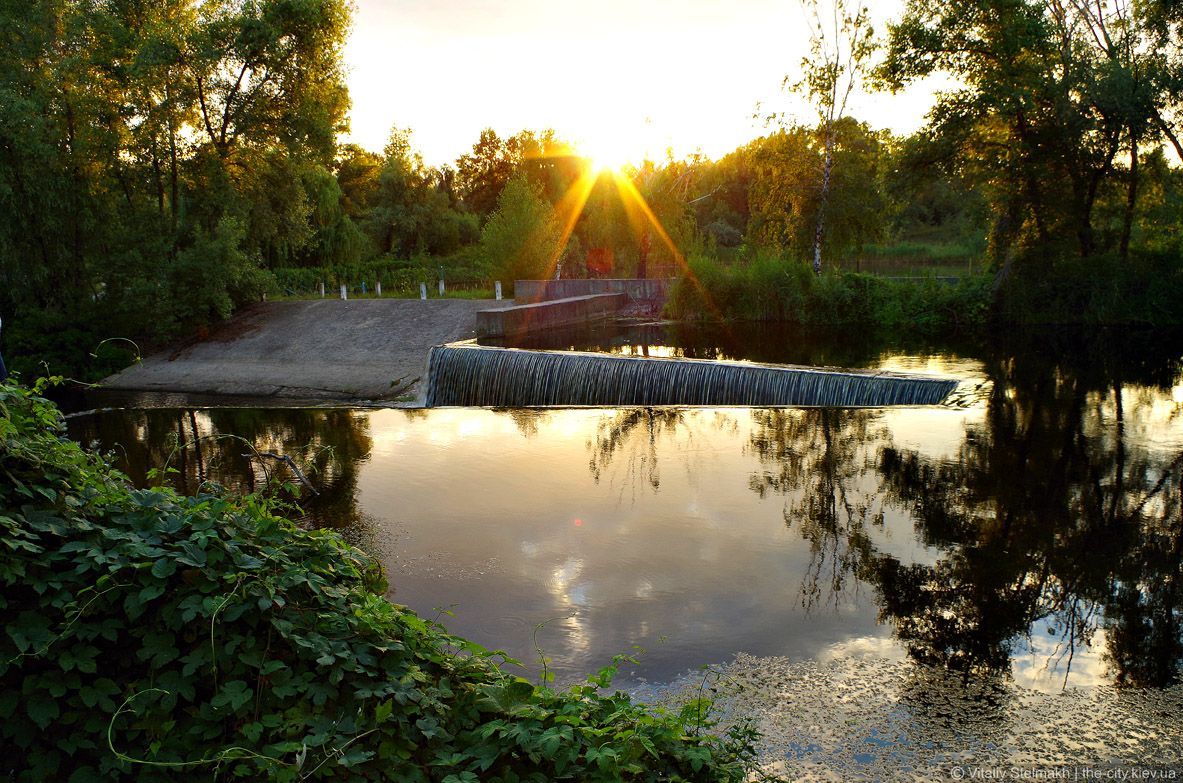
Photo: vokrugsveta.ua
2. Darnytsia meadows , the object is located in the Darnitsky district near Bortnichi, the area is 55 hectares. Remains of unique flooded Dnieper meadows. Relic of the primary natural landscape. Three species of Red Book plants grow here - Dactylorhiza incarnat, Epipactis helleborine, Siberian irises. Here is a real bird kingdom - several species of waders, ducks, herons live.
3. Trukhanov Island , is located in the Dnieper region, the area is 283 hectares. One of the most valuable and the last of the Kyiv islands that does not have a protected status. Three species of plants, listed in the Red Book of Ukraine, grow here - Platanthera Bifolia, Dactylorhiza incarnata, Multipartite grapevine (now the only place of growth in Kyiv). It is a home to 30 species of butterflies, as well as more than 20 different types of birds, including 4 species of woodpeckers. So far, we have succeeded in securing only lakes on Trukhanov Island.
Threats: Gradual development, glamorization of wildlife and the transformation of a valuable piece of wilderness into a park.
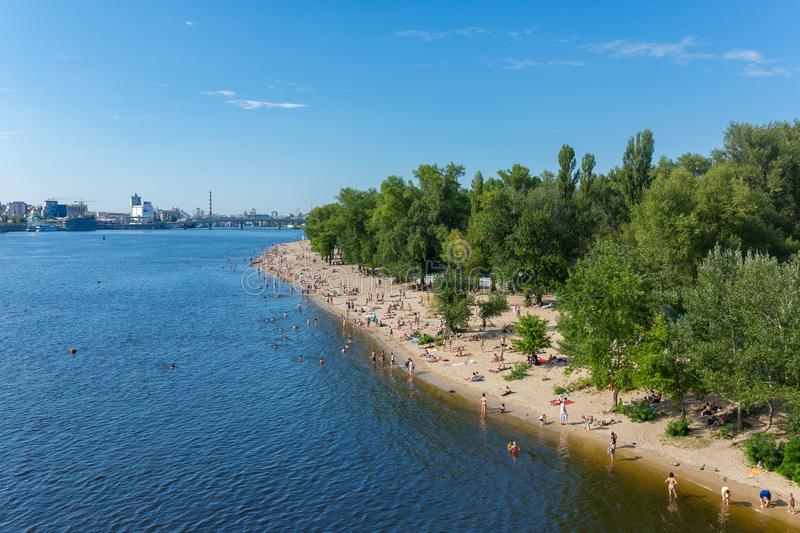
Photo: dreamstime.com
4. Vovkuvat inlet , is located in the Obolonsky district, in the Pochaina area, between the streets of N. Plavyuk and S. Bandera, the area is 15.9 hectares. A small wild reservoir, overgrown with marsh vegetation. A true bird's paradise. About 20 waterfowl species live here: teal, water hen, little bittern, mallard, gray heron, several species of terns.
Threats: development, glamorization of wildlife and the transformation of a wilderness area into a park or pond with gabions.
5. Lake Concha , located in the Goloseevsky district, an area of 10 hectares (the part that is part of Kyiv). Located to the west of Zhukov Island. A miraculously surviving remnant of the state reserve Koncha-Zaspa, operating in the late 1920s and early 1930s. Lake Koncha is a valuable clean lake of natural origin, about 15 species of birds (teal, gray heron, mallard, water chicken, etc.) live here, as well as more than 20 species of fish (pike, bream, catfish, rudd, perch, golden and silver carp, etc.). One of the most fishy lakes in Kyiv.
Threats: development of cottages, sand mining, hydro-washing.
6. Lake Konik , located in the Goloseevsky district near the village. Korchevatoe, area of the object - 27 hectares. This remnant of the ancient riverbed of the Dnieper is a favorite habitat for various species of birds and fish. There are also many beavers, bog turtles, and snakes.
Threats: building up its banks with cottages, hydraulic alluviums, sand mining.
7. Rachiy Island , located in the Goloseevsky district of Kyiv, to the east of Zhukov Island, the area of the object is 12 hectares. It is a miraculously surviving piece of wild nature, consisting of water meadows and swamps. The real kingdom of various species of waterfowl. Two species of Red Data Book plants grow here - Epipactis palustris and Dactylorhíza incarnáta.
Threats: development of cottages, land reclamation.
8. Vedro Lake, is located in the Goloseevsky district of Kyiv, to the east of the reserve "Lesniki". The area of the object is 33.8 hectares. One of the cleanest Kyiv reservoirs of natural origin. Beavers, about 20 species of fish and about 10 species of waterfowl live here.
Threats: building up its shores with cottages, hydraulic alluviums, sand mining, the so-called "clearing" of the lake.
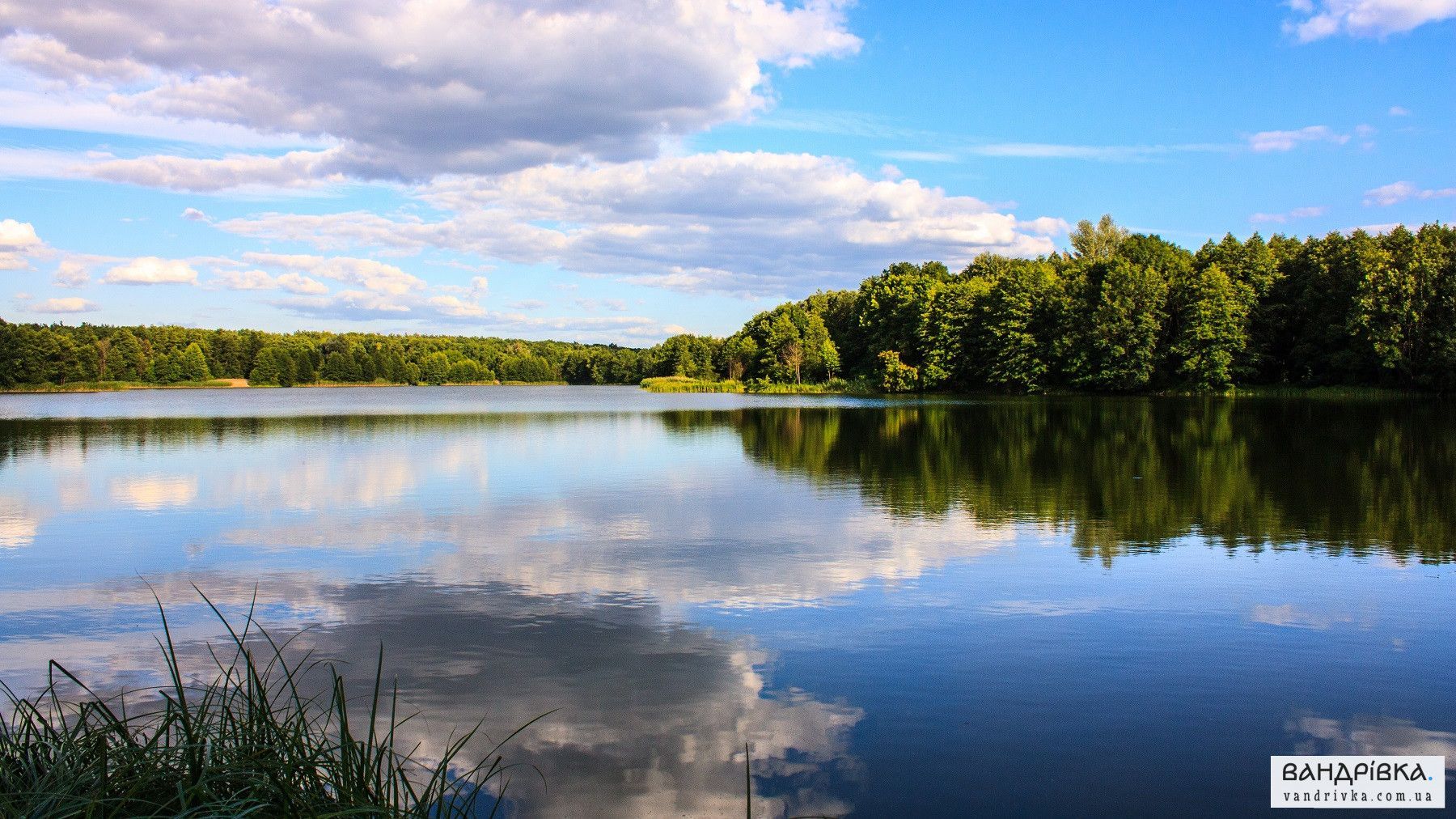
Photo: Vandrivka
9. Diamond Lake , located in the Desnyansky district of Kyiv. The largest and one of the most beautiful lakes in the capital. Area - 185.3 hectares. More than 20 species of fish live here, including bream, silver carp, perch, pike, roach, rudd, etc. cormorants.
10. Blue Lake , located in the Podolsky district of Kyiv, on Vinogradar, an area of 15.9 hectares. Relic lake. The only ice age lake in Kyiv. The lake has a unique fauna of insects and other invertebrates.

Photo: Wikipedia

